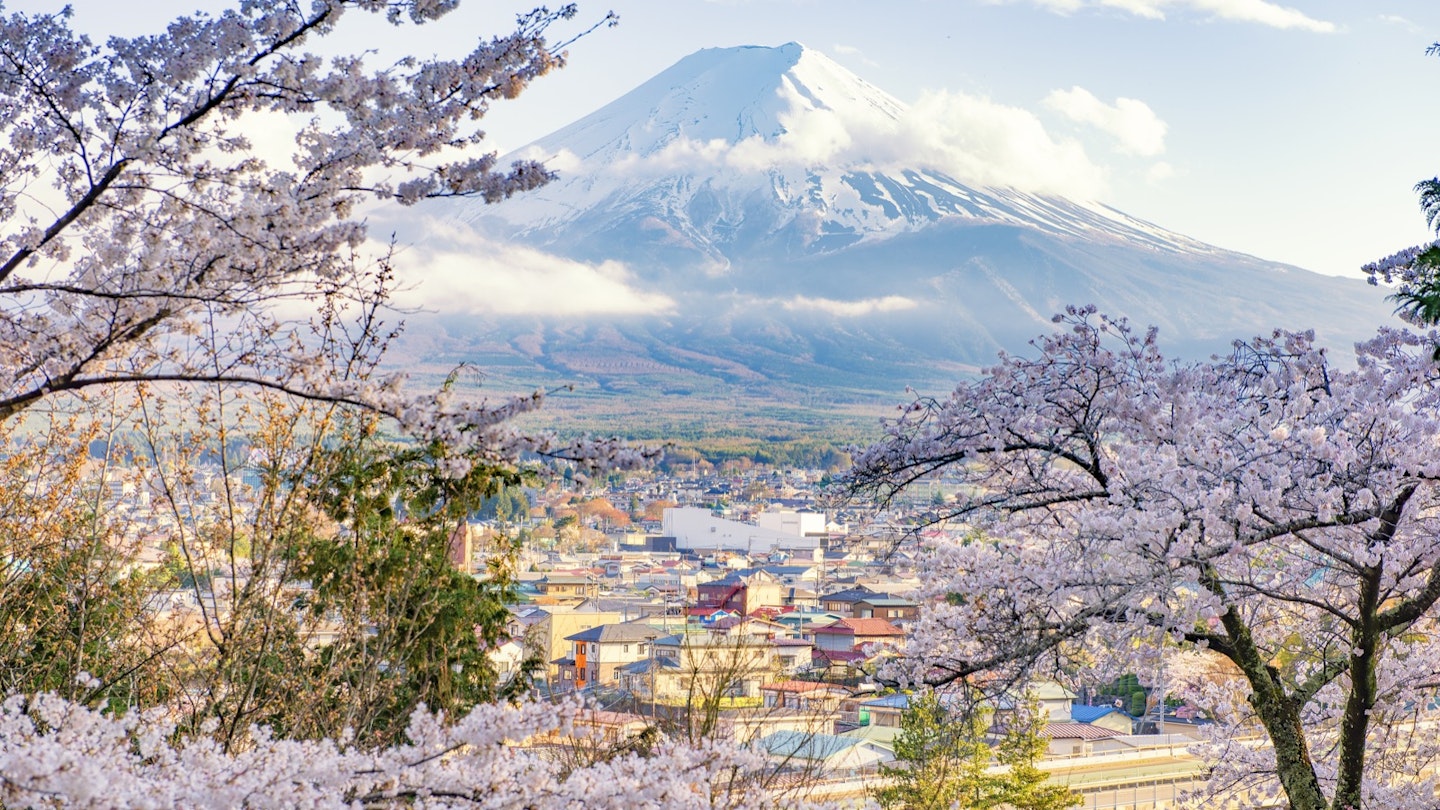Explore Yamanashi: Japan’s Hidden Wine Gem
Napa, Marlborough, Bordeaux, and … Yamanashi? Japan’s emerging wine country may not be as widely recognized as the world’s more famous wine-making regions. However, due to Japan’s intrinsic appreciation for quality and the ideal growing conditions for the native koshu grape on the slopes north of Mt. Fuji, Yamanashi is gaining recognition in the wine world.
Japanese Vistas and Vineyards
Yamanashi Prefecture – the cradle of Japanese wine-making and the country’s largest wine-growing region – is one of Japan’s most picturesque areas, located less than two hours by train west of Tokyo’s Shinjuku Station in the Chūbu region.
“Compared to renowned wine regions globally, Yamanashi is relatively small, with fewer than 100 wineries,” says Sera Goto, an oenologist trained in Bordeaux. “Only 600 hectares of vineyards are allocated for wine production here, whereas Napa Valley boasts over 15,000 hectares and Burgundy over 30,000 hectares. Many vineyards are situated on hillsides, in pergola formation, promoting better air circulation.”
However, Japan’s love for fine wine is expansive. “Globally, the Japanese appreciate wine not just for its taste but for its connection to history, culture, and gastronomy, offering endless variety and discovery,” adds Goto.
Koshu, the indigenous varietal drawing wine enthusiasts to Yamanashi vineyards, is a pink-skinned grape that produces a clean, crisp white wine, described as “elegant and focused”. Its notes of yuzu, lemongrass, nashi pear, and sea spray pair exquisitely with Japanese seafood.
Japan faces numerous challenges in wine grape cultivation, such as seasonal typhoons; however, Yamanashi benefits from a rain and wind shadow created by Mt. Fuji, providing some protection. “Just a decade ago, few wineries had formal tasting rooms, and winery owners were surprised when visitors requested tastings,” Goto recalls. Fortunately, the landscape is changing as tasting rooms flourish and organized wine tours gain popularity.
Explore Everything the Region Offers
Arriving in Yamanashi Prefecture is straightforward by train. Nonetheless, renting a car is preferred for exploring this breathtaking region, as many wineries are not easily accessible by public transport. Additionally, the area is adorned with hot springs and stunning gorges like Nishizawa, offering thrilling opportunities for exploration. Combine the region’s awe-inspiring nature with tasting rooms boasting views of the Japanese Alps and Mt. Fuji, and you are set for a memorable experience.
At Marufuji Winery, terraced vineyards blend with iconic Japanese garden features such as bonsai trees. Visitors can sample wines made from 100% koshu grapes and the Muscat Bailey varietal, which produces a delightful light- to medium-bodied red, ideal for pairing with dishes like teriyaki barbecue. Close by, the Maruki Winery, established in 1891, claims to be Japan’s oldest winery. It produces koshu wines and entertains younger guests with a petting zoo featuring resident sheep that aid in weed control, providing a charming experience for children as they frolic among the vines.
Tomi no Oka Winery is another major player in Yamanashi’s wine scene, offering vineyards spread across a stunning mountainside. Guests can taste white wines made from koshu grapes as well as chardonnay and riesling, in addition to red varietals like Muscat Bailey A and pinot noir.

Grape-to-Bottle: Uniquely Yamanashi
If you prefer visiting Japan and the Yamanashi region as part of a small group or exclusive private tour, InsideJapan Tours offers Koshu vineyard tours that delve into the wine-making process from grape to bottle. These tours visit several family-run wineries and are available as part of a comprehensive Japan travel package that may include an overnight stay at the UNESCO World Heritage-listed Ninna-ji Temple.
“Yamanashi’s vineyards differ significantly from the sprawling estates found in other growing regions in Europe or the United States,” notes Jeff Krevitt from InsideJapan Tours. “Most wineries cluster around a limited number of villages, and it’s a pleasant experience to walk through the neatly planted vineyards and along village pathways connecting one to another.”
However you choose to experience Yamanashi, the region’s wines and vineyard visits merely scratch the surface of what this area has to offer. Yamanashi is also renowned for its luscious peaches, plums, table grapes, and cherries, alongside sweet corn available roasted on the cob at roadside markets. Autumn provides vivid colors, and winter is perfect for hot spring baths.





